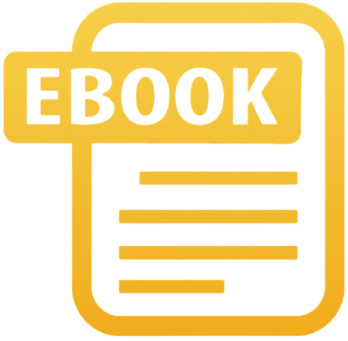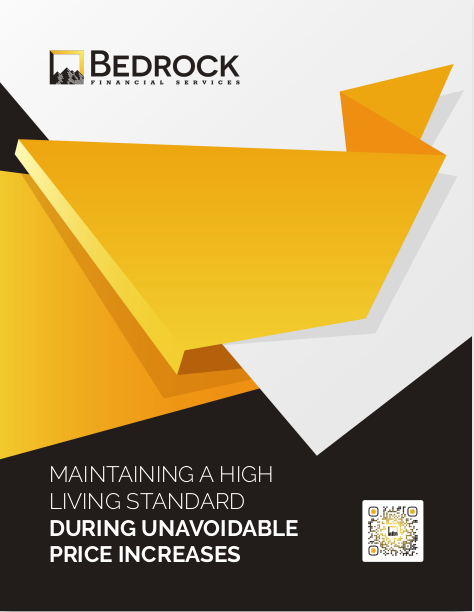Key Takeaways
-
Subject lines that avoid overt sales language tend to perform better in open rates, especially when they prioritize curiosity, clarity, and relevance over hype.
-
The most effective subject lines in 2025 are those that feel like they belong in a real conversation—authentic, personal, and tuned into what your prospects actually care about.
Why Your Subject Line Sets the Tone
You already know your email’s subject line is the first thing your prospect sees—but it’s also the gatekeeper to whether they even read the rest. In 2025, inboxes are even more crowded, and salesy subject lines that scream promotions or gimmicks get ignored.
If you’re an independent insurance agent, you don’t just compete with other agents. You’re competing with every brand, every algorithm, and every notification vying for attention. To stand out, your subject line must sound like it came from a person, not a pitch.
What Makes a Subject Line Feel Like a Sales Pitch?
Before we get into what works, let’s break down the signals your audience has learned to ignore:
-
Excessive use of exclamation points (!)
-
Overuse of ALL CAPS
-
Obvious trigger words like “buy,” “deal,” “limited time,” or “act now”
-
Emojis used in ways that don’t feel relevant
-
Vague urgency without value (“Don’t miss this!”)
These tricks may have worked in 2018. But by 2025, email fatigue has made audiences much more selective.
The Psychological Shift: Why People Want Clarity, Not Clickbait
What used to hook people with curiosity now often annoys them. Today’s readers crave:
-
Transparency – Tell them what’s in the email.
-
Relevance – Make it about their situation, not your product.
-
Tone Matching – Sound like someone they’d actually talk to.
Subject lines that feel like a real person wrote them for a real reason build trust before your prospect even opens the email.
Principles for Non-Salesy (But High-Converting) Subject Lines
Let’s explore the key elements that help you write subject lines that convert without sounding like sales pitches:
Make It Sound Like a One-on-One Conversation
Subject lines perform better when they don’t feel like they were blasted to a list. Try to:
-
Use first names if your CRM allows for dynamic fields.
-
Ask a specific question that someone might ask over a coffee chat.
-
Reference a previous action or behavior, like a form submission or policy renewal timeline.
Examples:
-
“Still thinking about your coverage options?”
-
“Quick thought on your 2025 renewal…”
-
“Need a second opinion on your plan?”
Focus on Curiosity Without Withholding Value
Curiosity should pull the reader in—but it should still feel like it’s worth their time. Avoid being cryptic.
-
Give a hint about what’s inside.
-
Tease a benefit without overselling it.
Examples:
-
“A few smart policy moves for April”
-
“You might be overpaying—here’s why”
-
“What other agents aren’t telling their clients in 2025”
Build a Personal Hook—Not a Hype Hook
A hype hook promises the moon. A personal hook says, “I see you.” It taps into your prospect’s world.
-
Mention events or deadlines they care about.
-
Use phrasing that fits your natural speech.
-
Avoid adjectives that oversell.
Examples:
-
“Let’s talk before Medicare open enrollment starts”
-
“What retirees are actually worried about this year”
-
“This came up in a conversation with a client—thought of you”
Avoid Filler Words and Passive Phrases
Subject lines are prime real estate. Don’t waste characters on filler phrases like:
-
“Just a quick note to say…”
-
“I wanted to reach out about…”
Instead, start strong with the meat of your message.
Examples:
-
Replace “I wanted to reach out about your coverage” with “Your coverage options for 2025—real talk”
Timing Makes a Difference
Send times affect open rates, but your subject line’s relevance to the time also matters.
-
Tie into real seasonal or annual events (tax season, policy renewal windows, birthdays).
-
Use time-based cues that add urgency without pressure.
Examples:
-
“Before you meet with your accountant—this matters”
-
“You’ve got a 3-week window to change this”
-
“One small move before Q2 starts”
How to Test and Optimize Subject Lines in 2025
Writing the perfect subject line doesn’t happen in isolation. You need to see how real people respond. Here’s how to do it:
1. A/B Testing
Most email platforms now allow A/B testing with subject lines. Send two versions of the same email with different subject lines to a sample portion of your list. See which one gets more opens before rolling out the winner to everyone else.
2. Heat Mapping & Engagement Tools
Modern email tools can show how far down your readers scroll, which tells you if your subject line aligned well with the content inside. If people are opening but not reading, you may have a disconnect.
3. Open Rate Benchmarks
In 2025, industry benchmarks suggest open rates for insurance agents are hovering around 23%–26%. Use that as a baseline. If your campaigns fall short, the subject line is usually the first place to look.
4. Keep a Swipe File
Create a document of your highest-performing subject lines. Categorize them by theme: seasonal, curiosity-based, renewal-driven, etc. Refer to this whenever you build new campaigns.
Formats That Continue to Perform in 2025
Some subject line structures stand the test of time because they feel authentic while delivering value.
The “You Might Not Know This” Format
-
“Most people don’t know this about life insurance policies”
-
“Your deductible might be doing this without you realizing”
The “Quick Tip or Update” Format
-
“Policy change you should know about”
-
“Heads-up on upcoming deadlines”
The “Thoughtful Question” Format
-
“Is your retirement plan still on track for 2025?”
-
“Can I ask you something about your coverage?”
The “Relatable Insight” Format
-
“Why so many people are confused about Medicare Part B”
-
“What I learned after reviewing 100+ client policies”
What NOT to Do in 2025 Subject Lines
It’s just as important to know what to avoid as it is to know what works:
-
Don’t mislead. If your subject line promises one thing and your content delivers something else, trust erodes fast.
-
Don’t overuse fake urgency like “final warning” unless it’s legitimately the last opportunity.
-
Don’t rely on trends that don’t align with your voice.
-
Don’t chase click-throughs at the cost of credibility.
Your Subject Line Is a Trust Builder, Not a Teaser
Every subject line you write is a chance to build—or break—trust. It signals what kind of professional you are before your reader even opens the message.
If your subject lines feel honest, useful, and intentional, your prospects are far more likely to read your emails—and engage with your services over time.
Real Engagement Starts with a Real Voice
By now, you’ve probably realized this: subject lines aren’t just a way to get opened. They’re a chance to represent how you show up. They reflect your tone, your understanding of your clients, and your respect for their time.
At Bedrock Financial Services, we help agents like you craft smarter outreach that doesn’t just check the marketing boxes—it builds lasting relationships. From email strategy to CRM automation, we give you the tools to reach the right people with the right tone at the right time.
Sign up today and let’s rework your email strategy with subject lines that connect and convert.







